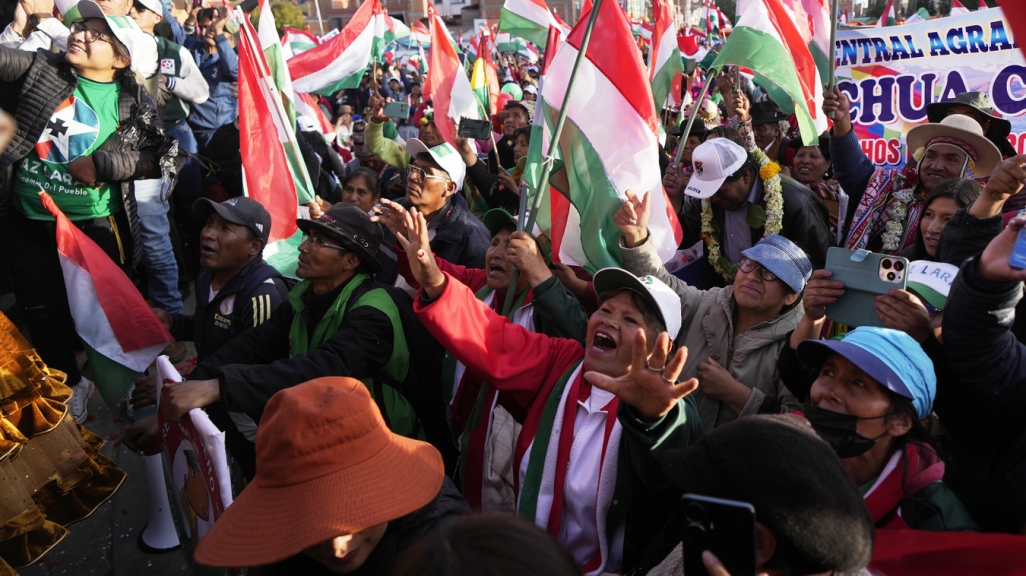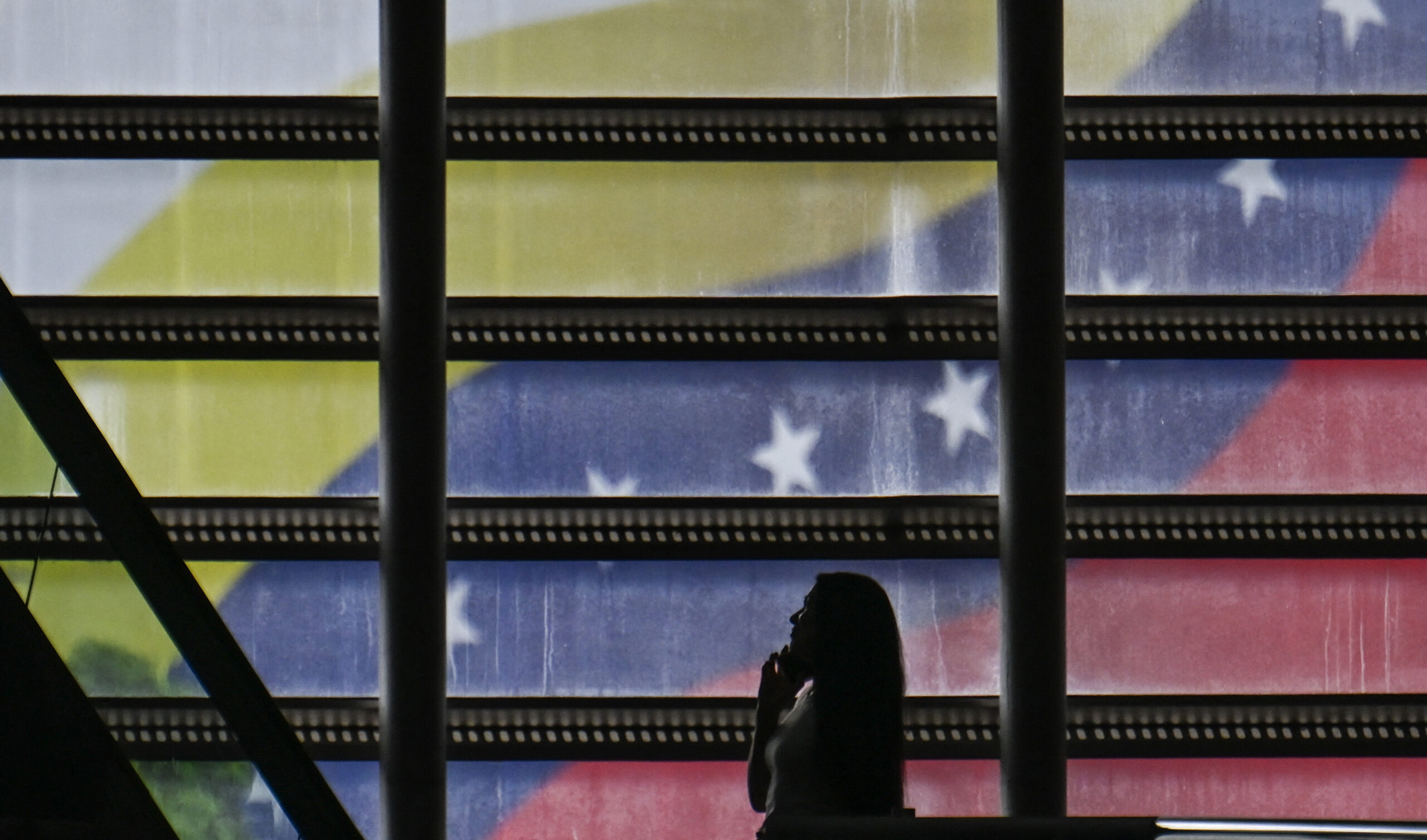Three Things to Know About Bolivia's 2025 First-Round Election Results
Three Things to Know About Bolivia's 2025 First-Round Election Results
Who is Rodrigo Paz? What happened to the ruling party? And what is the legislature's new breakdown?
The outcome of Bolivia’s first-round presidential vote spelled a major upset in the country’s political panorama. Senator Rodrigo Paz Pereira, who won 32 percent of the vote, will face ex-President Jorge “Tuto” Quiroga (2001-2002), who logged 27 percent, in the second round. Either candidate would mark the end of two decades of governance by the Movement for Socialism (MAS) under Presidents Evo Morales (2006-2019) and Luis Arce (2020-now). Morales, who—like Arce—was not in the running, called on supporters to nullify their ballots. The result? The MAS presidential candidate finished sixth and the party scored just one congressional seat.
Now, on October 19, Bolivians will hold presidential runoff for the first time—an option only introduced in the 2009 Constitution. As voters prepare to pick their next president, AS/COA Online looks at dark horse candidate Paz, the collapse of MAS, and the composition of the next national legislature.









